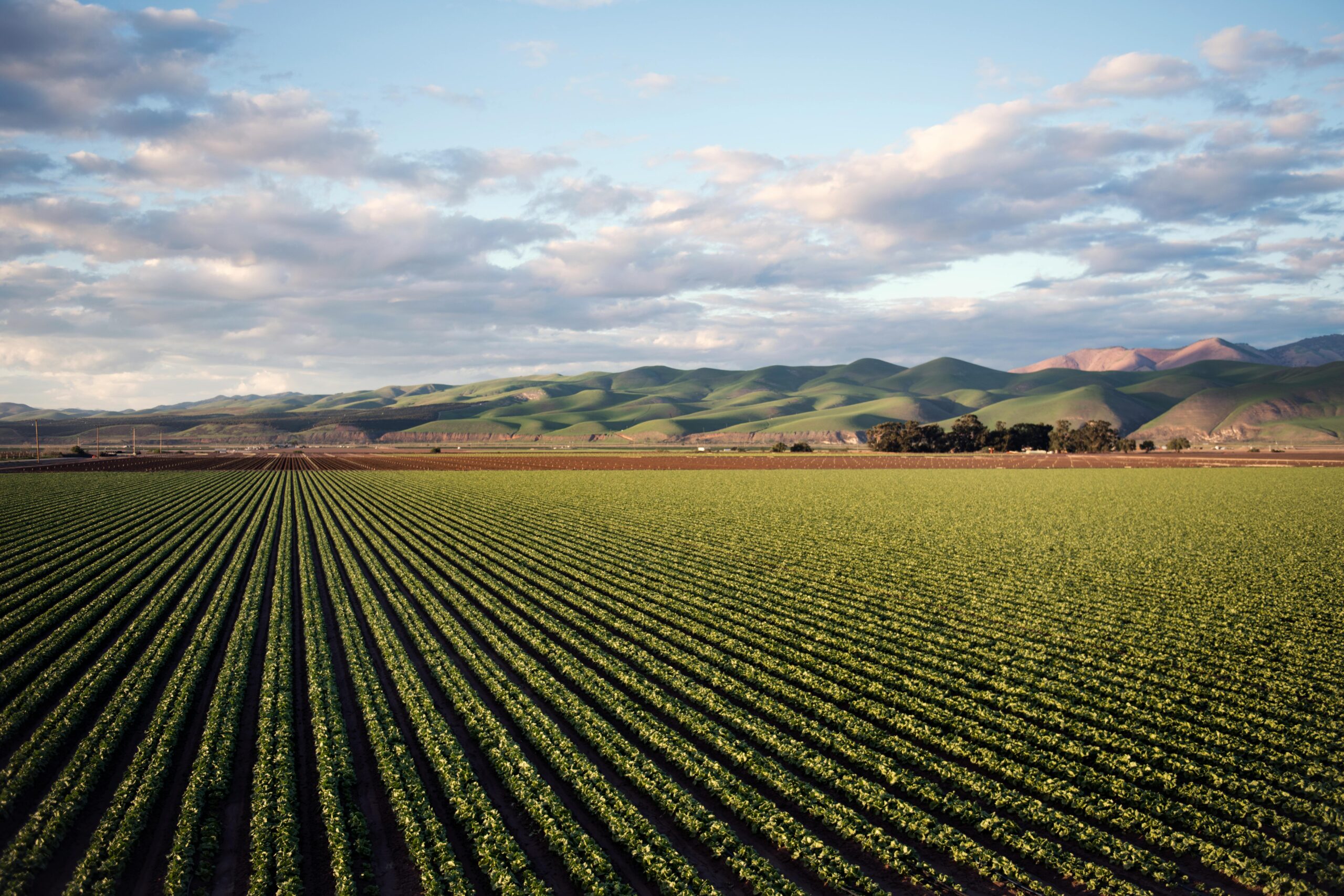Even if we entirely stopped burning fossil fuels today, emissions from our “business as usual” food system would push average global temperature rise over 1.5°C by 2100. However, a recent study projected that we have a chance of staying below the 2°C threshold—and maybe even below the 1.5°C threshold—if we globally mitigate impacts from production methods, diet, and food waste. In my three-part series on our food system, I dive into each of these mitigation areas—from farm to table to trash.
Farm
Food production alone accounts for 26% of global greenhouse gas (GHG) emissions.To simply produce less food is not an option—the global population is expected to reach 9.8 billion in 2050 and 11.2 billion in 2100. Expanding agricultural lands is not a viable solution either. Not only is land a limited resource—around 40% of the planet’s surfaceand 50% of its habitable land are dedicated to agriculture already—but also land clearing is one of the most significant sources of agricultural emissions. With these challenges in mind, decarbonizing our agricultural system will require technological and human solutions. I’ll focus on two opportunities to reduce impact by combining scientific advancement and operational shifts.
Solution #1 Change our production processes to use agricultural inputs more efficiently
There are currently large discrepancies between potential and actual crop yields, called “yield gaps.” Global food production could more than double if we closed yields gap by 75% to 90%. Crop yields increase through improved farming methods that work synergistically with the natural environment, or “agroecological practices.” Planting nitrogen-fixing crops during fallow periods, rotating crops rather than practicing monoculture, and employing integrated pest management—where pesticides are applied sparingly and in addition to mechanical pest control methods—have been shown to increase crop yields.
Solution #2: Optimize fertilizer application
Applying fertilizer consciously when plants most demand nutrients reduces use without negatively impacting yields. Fertilizer production is one of the most GHG intensive elements of farming, and its application is spatially and temporally mismanaged. Fertilizers are under used in many economically developing nations where they are difficult or expensive to procure and overused in other parts of the world. Increasing access in underserved regions, particularly to lower-impact fertilizers, could go far in closing yield gaps. At the same time, producing more food in a given area through the responsible use of fertilizers decreases the need for further land clearing and thus avoids the climate impacts associated with land use change.
It will take a concerted global effort and widespread adoption of improved farming methods to capture the potential benefits of these solutions. Like so many societal issues, reducing our agricultural carbon footprint will involve breaking down systemic barriers. But if you’re not a farmer or a policymaker, how can you make a difference? In my next blog, I’ll cover dietary climate impact and how we can mitigate our individual footprints.
